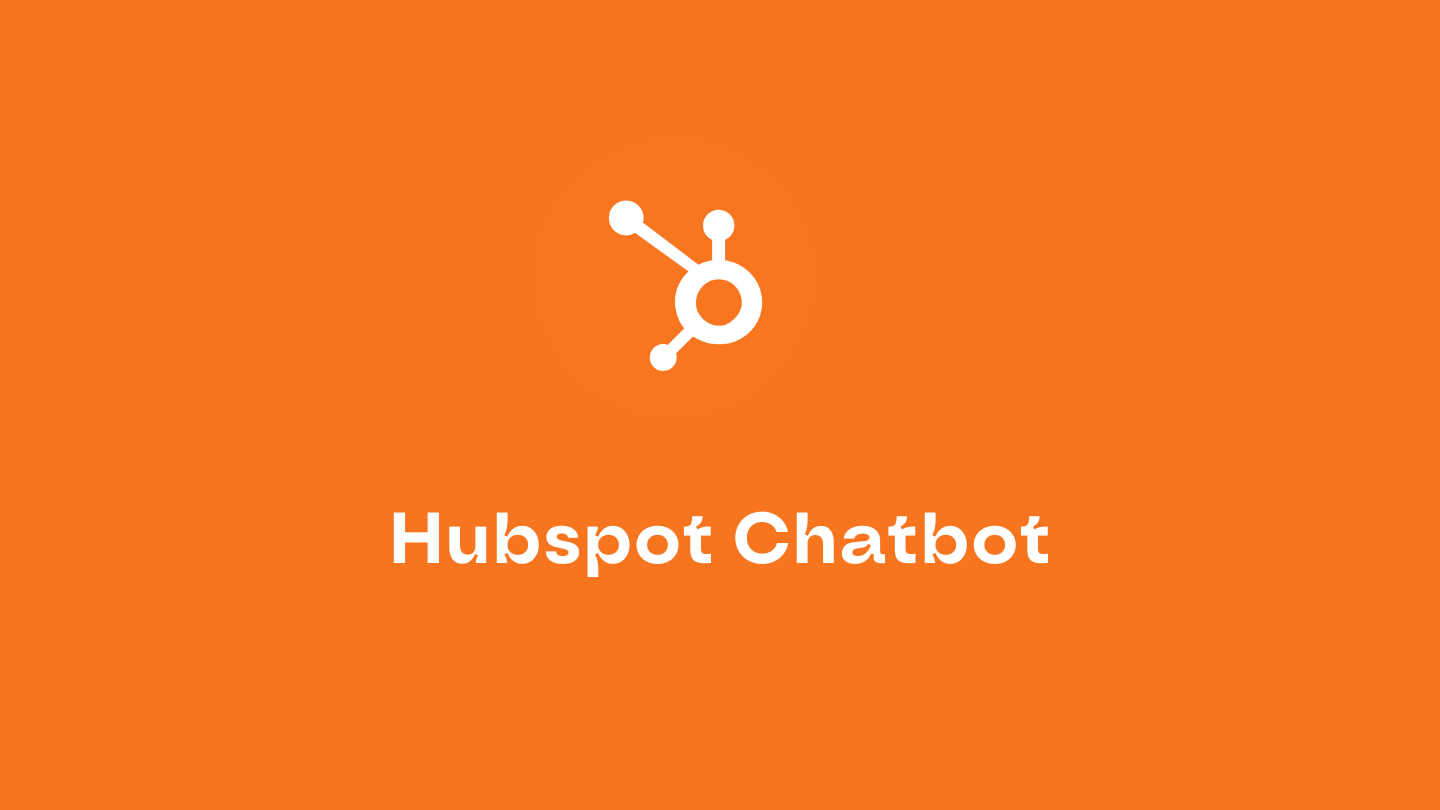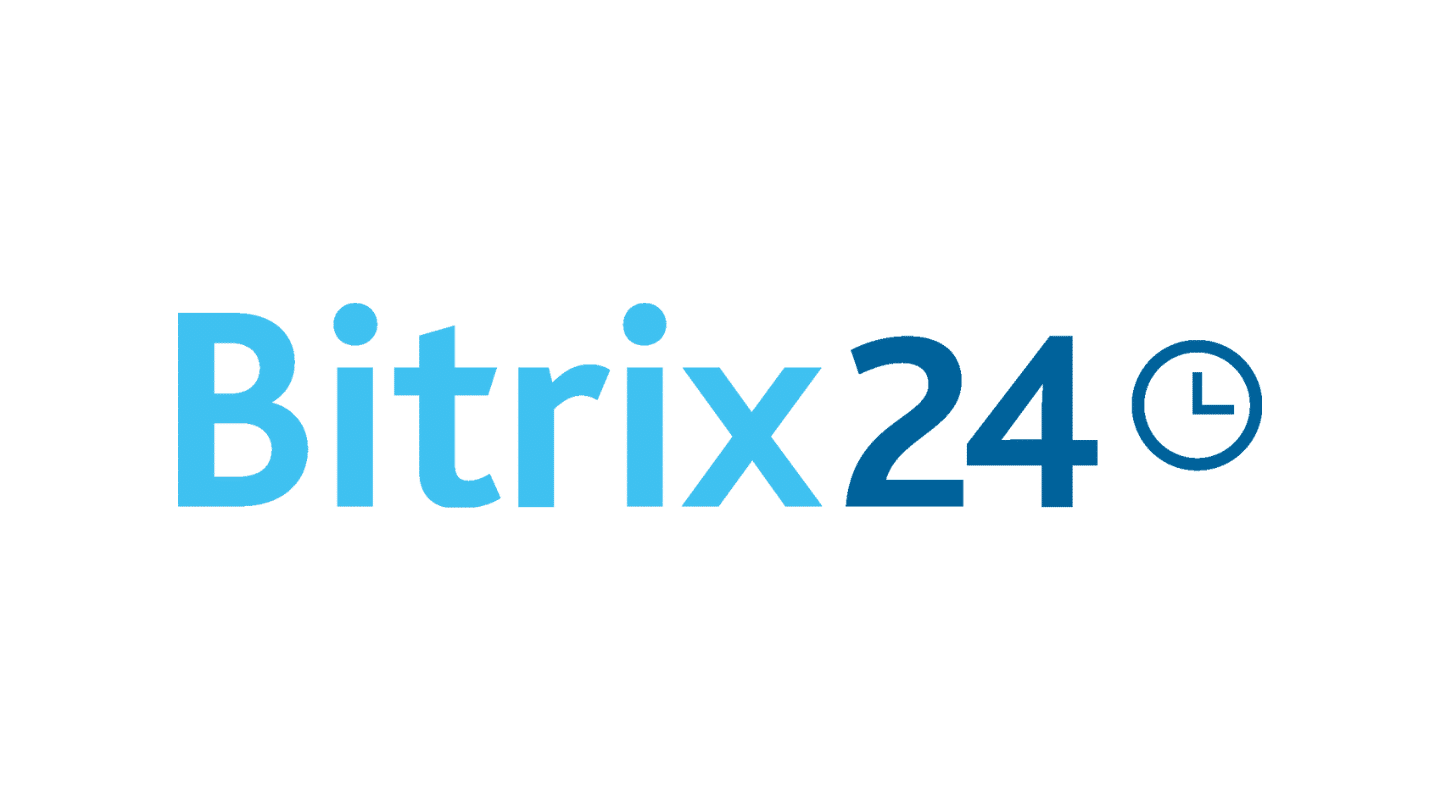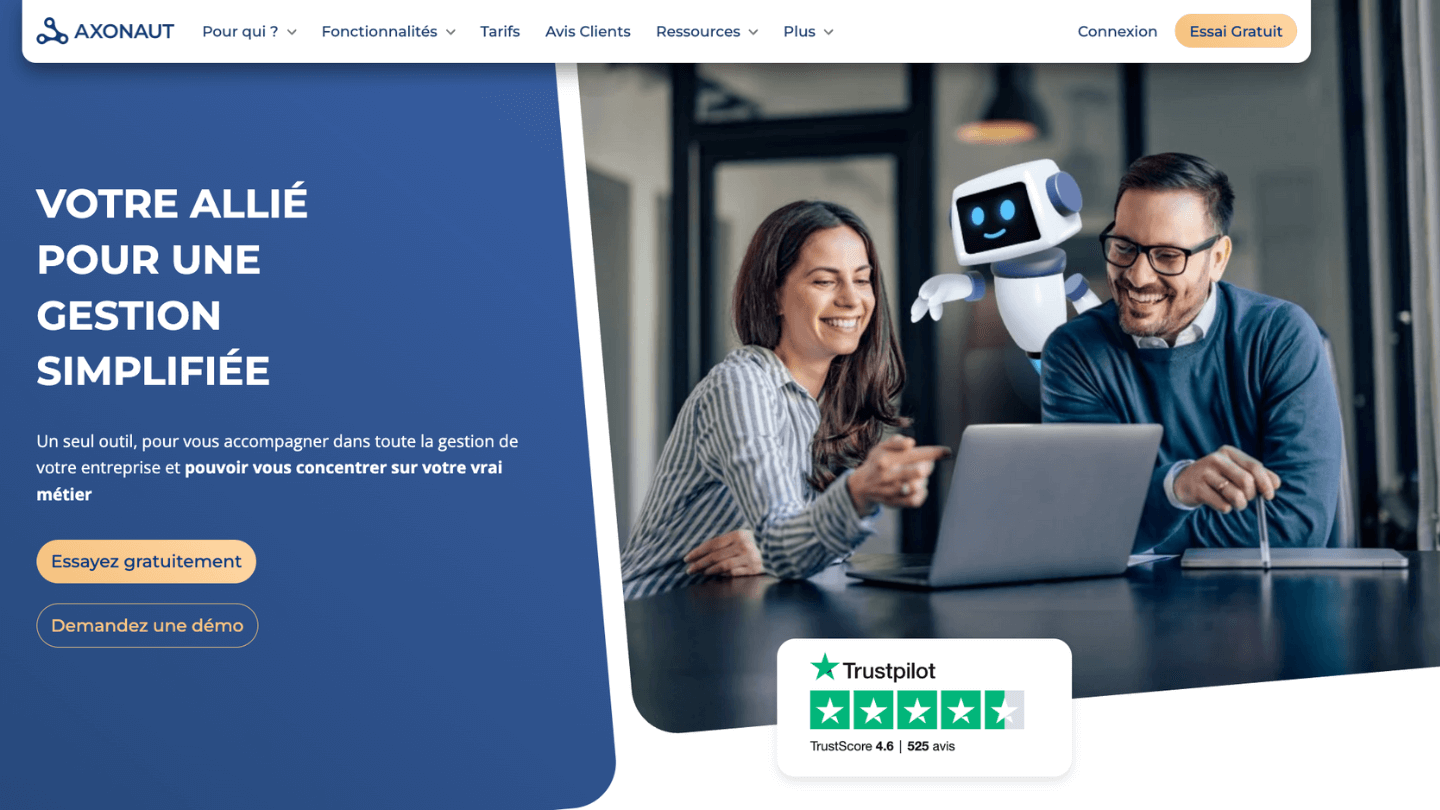Today, over 70% of French SMEs are equipped with a CRM, and this figure rises to over 90% as soon as you pass the 10-employee mark (source: Belacom). In other words, when you’re running a business (even a small one), not having a CRM is increasingly the exception.
And the main reason for this is that the offer has become widely democratized. There are simple, affordable, effective CRM solutions for small sales teams. You no longer need an IT department or a 5-figure budget to equip yourself. And frankly, Excel hasn’t been enough for a long time. Too many scattered files, too many oversights, no possibility of collaboration, zero visibility of the sales pipeline… At some point, it just gets stuck!
In this article, we explain what a sales CRM is, what it can do, when it becomes indispensable and, above all, how to choose the right tool for you.
What if you could afford the best CRM on the market?
Whatever your company’s needs and context, it’s impossible to conduct a serious comparative study without including Salesforce in your benchmark.
Salesforce now has a dedicated offer for SMEs and VSEs, the Salesforce Starter plan.
To obtain a free personalized demo of the software in its Starter version, click on the button below.
Sommaire
Commercial CRM: what exactly are we talking about?
A sales CRM is software used to manage sales activity. It enables you to centralize your contacts, structure the follow-up of opportunities and improve the performance of your sales teams.
In concrete terms, this is the salesperson’s daily workspace: where he or she can find his or her portfolio, past interactions, reminders to be made, and current deals.
But to fully understand where this type of tool comes from, we need to take a little detour into history.
Originally, CRM (Customer Relationship Management) systems were all designed for salespeople. As early as the 80s, tools such as ACT! and GoldMine offered to replace paper notebooks and Excel customer files.
The aim was to keep track of exchanges, track prospects over time and better manage the customer file.

From the 2000s onwards, the CRM universe expanded with the appearance of marketing automation and customer service tools. But commercial CRM remains the historic heart of CRM, and often the first brick to be put in place in a company.
Today, a modern sales CRM enables a sales team to :
- Centralize all prospect and customer information: contact details, company, status, exchange history, etc.
- Track sales opportunities in a visual pipeline, with customizable stages: contact, qualification, sales proposal, negotiation, closing…
- Plan actions: reminders, appointments, calls to be made, etc.
- Collaborate with other team members, share files, pass on a lead or customer.
- Manage performance with reports on opportunity volume, conversion rates, sales forecasts, etc.
Obviously, equipping yourself with a sales CRM changes working habits: you move from an individual, unstructured way of working to a shared, traceable, controlled way. And that’s not always easy to get people to accept, especially in a sales team that’s already running smoothly.
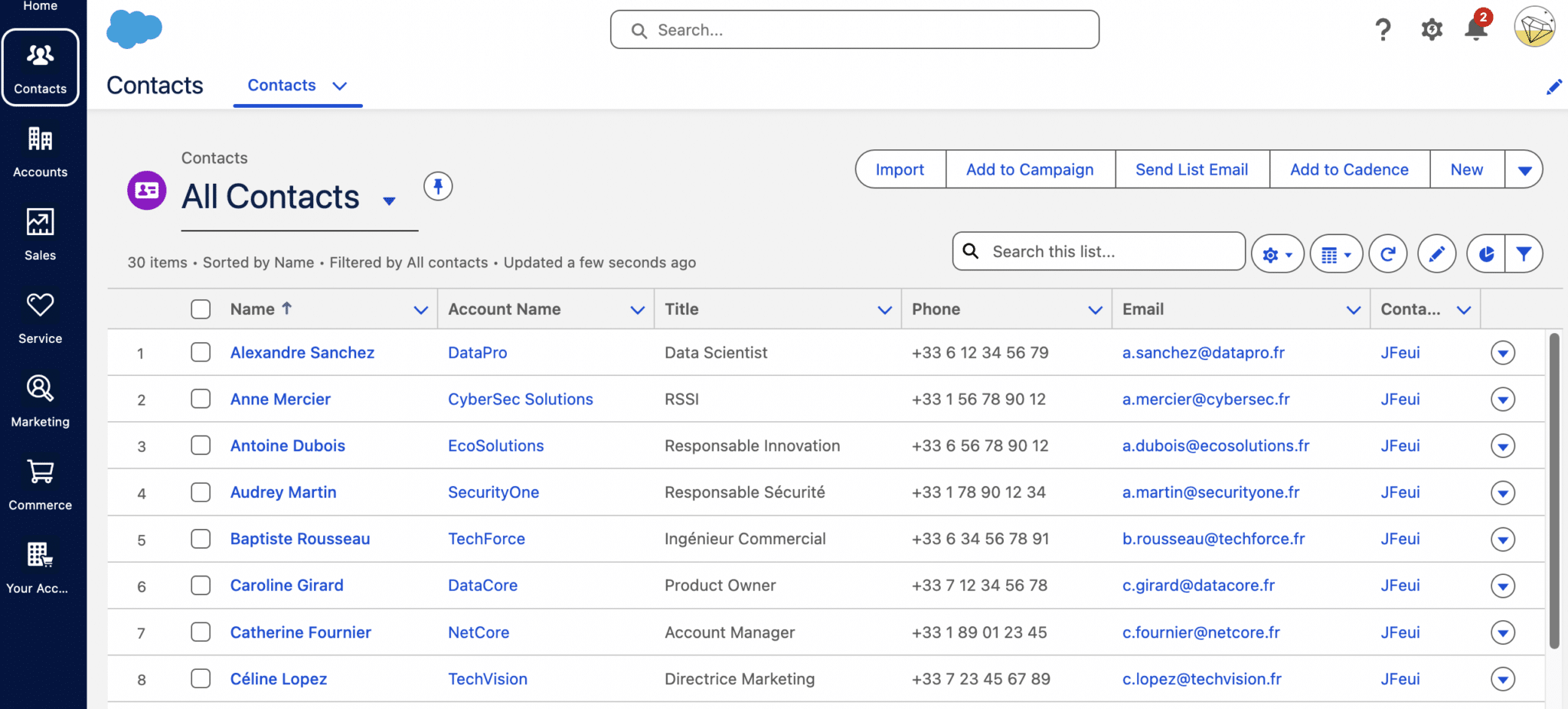
That’s why the right time to equip yourself with a commercial CRM is :
- When existing tools no longer suffice.
- When you start wasting time looking for information, forgetting to follow up, wondering what still needs to be done on this or that prospect.
- When there are more than one or two salespeople.
- When it becomes necessary to track sales, not just trust your intuition.
A CRM is a business project before it is a tech project. If salespeople don’t use it every day, it’s useless. And adding new features doesn’t solve the problem (on the contrary…).
Why use a commercial CRM (and what’s it really for?)
If you’ve ever felt that you’ve missed an opportunity through forgetfulness, wasted time on non-value-added tasks, or don’t know where you really stand with your sales…then you’ve probably got everything to gain from a Sales CRM.
Here’s what a commercial CRM can do in practice, when used properly.
You won’t lose any more deals “for nothing”.
Let’s face it: in many teams, deals are won or lost by attrition. A forgotten e-mail, an unsuccessful reminder, a misplaced appointment note, and the prospect slowly slips away to a more structured competitor.
Sales CRM helps you avoid this. Every contact is logged, every reminder planned, every exchange traced. You always have a clear picture of what has been done and what remains to be done.
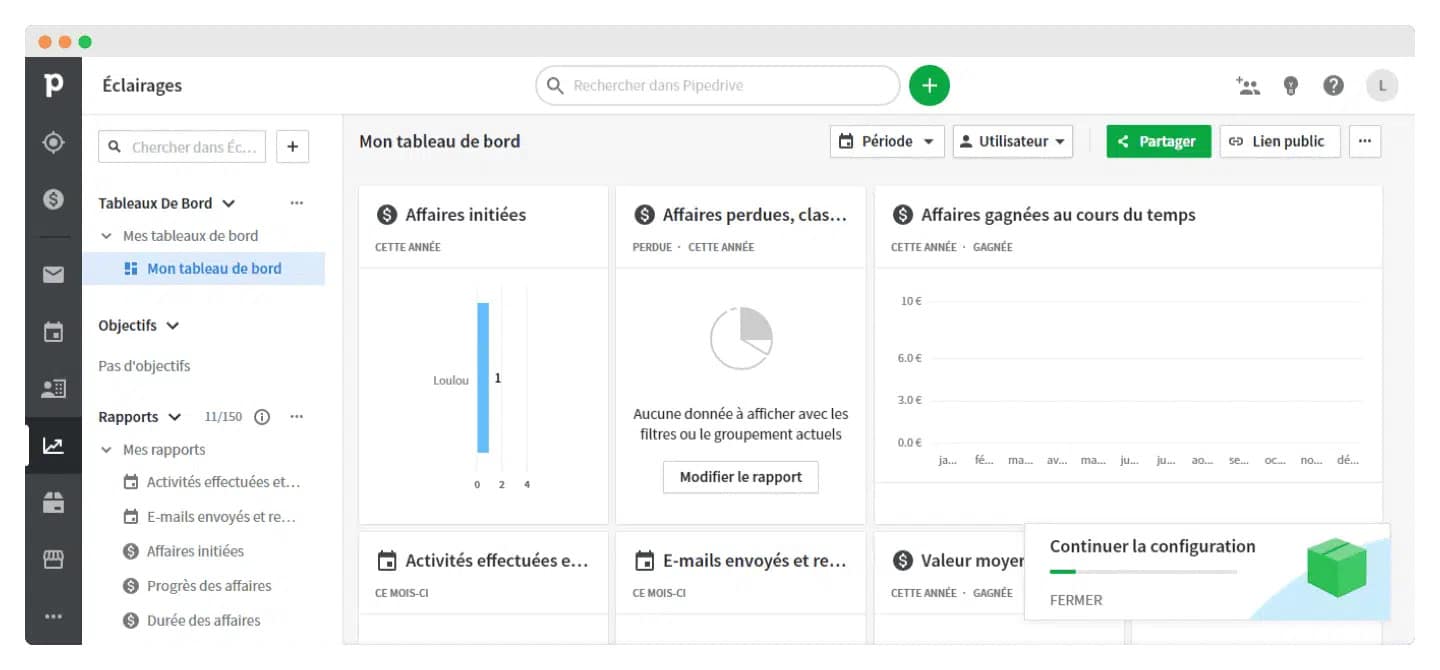
In 80% of cases, a deal isn’t lost because of the price or the product. It’s lost because you forget to follow up, or you follow up at the wrong time. And that’s what a good sales CRM is first and foremost for – to set the right pace in the sales relationship. Nothing more, nothing less.
Structure your pipe and make it easier to read
Without a structured pipe, it’s impossible to know what you’ve got. How good is your month? How many opportunities are really active? Where are the sticking points?
Commercial CRM gives you a clear, actionable overview.
You can visualize your opportunities in stages, prioritize them and identify bottlenecks. This applies to every sales person, but also to sales management: you drive what you can see.
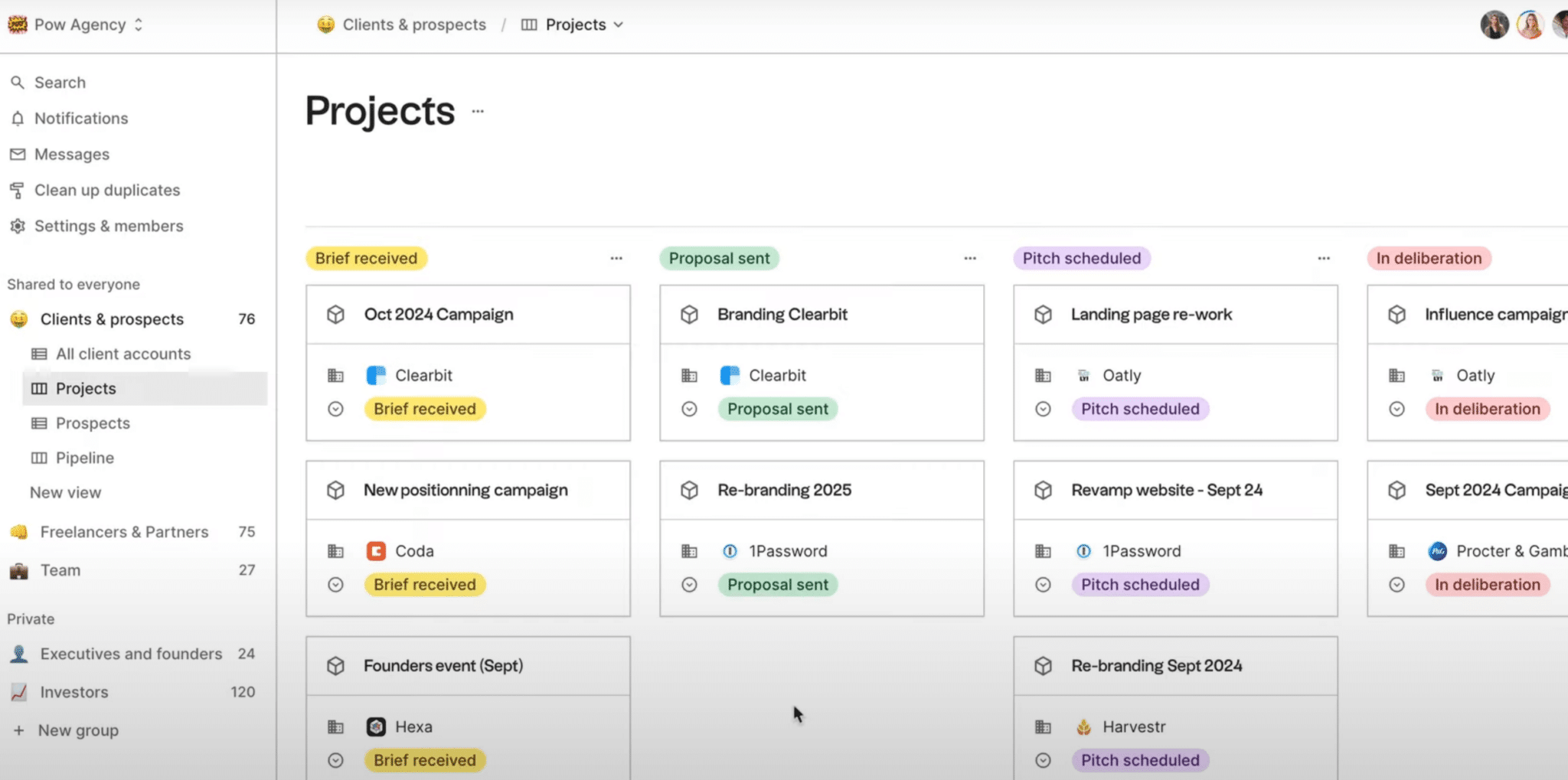
Automate tedious and time-consuming tasks
Many time-consuming tasks can be automated with a CRM, such as sending a reminder, updating a file, noting a reminder, reporting data, synchronizing a calendar, assigning a lead… The list goes on and on, and let’s face it, nobody enjoys doing it manually.
When used properly, Commercial CRM relieves your sales force of certain non-value-added tasks, freeing up more of their time for selling.

Track performance (and make progress)
A sales CRM gives you access to clear dashboards to track your conversions, analyze your sales cycles, visualize team activity and anticipate future sales. You can compare performance, test approaches and adjust where necessary. You can improve continuously, rather than sailing by sight. You can only improve what you can measure!

You don’t need 50 dashboards: 3 are enough, as long as they’re readable and up-to-date. If you need an analyst to understand your figures, they’re useless.
You promote collaboration within the team
It’s an often underestimated side-effect, but a well-configured commercial CRM is also a lever for collaboration.
You can immediately see who has spoken with a prospect, what was said and where the follow-up is. If a colleague goes on vacation, you can take over the file without having to start from scratch. On the management side, it’s also an excellent tool for keeping an eye on activity, without having to ask for weekly reports.
What if you could afford the best CRM on the market?
Whatever your company’s needs and context, it’s impossible to conduct a serious comparative study without including Salesforce in your benchmark.
Salesforce now has a dedicated offer for SMEs and VSEs, the Salesforce Starter plan.
To obtain a free personalized demo of the Starter version, click on the button below.
Sales CRM vs. marketing CRM vs. customer service CRM: what are the differences?
A sales CRM is not a stand-alone tool. It’s part of a wider ecosystem, which may also include a marketing CRM or a customer service CRM.
And even if these three families of tools share a name, they don’t have the same purpose at all:
- As we‘ve seen, a sales CRM is a tool for salespeople. It’s used to manage opportunities and track sales. It’s a software tool for managing the sales cycle, which begins with the initial contact and ends with the closing (or even the re-purchase, if you push it a little). It is used on a daily basis by the sales force, to ensure that nothing is forgotten and to structure sales activity.
- CRM marketing, on the other hand, is more upstream. It’s the tool used to manage campaigns, newsletters, lead nurturing, segmentation andautomation. It’s used to qualify leads, score prospects and send the right messages at the right time. This is often what “fills the pipe” of sales CRM.
- The customer service CRM is the next step in the process. It is the tool of the support teams: it centralizes requests, tickets and complaints. It tracks customer satisfaction and post-purchase exchanges.
In some companies, these three components are managed in a single tool (such as HubSpot or Salesforce). In others, they are managed separately, with a sales CRM (such as Pipedrive or noCRM), a marketing automation tool (such as Brevo, ActiveCampaign…) and a ticketing solution (such as Crisp or Zendesk).
There’s no right or wrong approach, but you need to know what you’re trying to structure. If your challenge today is to help your sales people sell better, you need a sales CRM. The rest can come later.
Is a commercial CRM right for you?
Here are a few guidelines to help you decide:
- If you’re on your own, with a moderate volume of leads and short sales cycles, a sales CRM isn’t essential. A good old-fashioned spreadsheet may suffice, as long as you’re rigorous about it. But the day you start juggling several channels, losing track of a prospect or skipping a follow-up, that’s the signal! CRM comes in handy.
- If you’ve got two or three salespeople, the question doesn’t really arise. It’s hard to keep track of who’s doing what, what leads are where and how everyone’s working on their pipes. With a sales CRM, you can get everyone on the same wavelength and avoid duplication or loss of information.
- As soon as you need to forecast, structure or manage your business, CRM becomes a must. You can’t manage a sales department without its own database, reliable data and a visible pipeline.
Another criterion to consider is your relationship with data. If you’re starting to track your conversions and analyze what’s working in your pipeline, it’s probably the right time to turn a corner. And for many teams, that turning point comes with a well-chosen sales CRM that is truly used on a daily basis.
But beware: a poorly chosen or poorly implemented CRM can quickly become a hindrance. The right sales CRM is the one that meets your current needs, not the one that ticks all the editor’s marketing boxes.
The tool must be easy to learn, quick to deploy, and aligned with your actual uses.
If you’re still in doubt, ask yourself just one question:
“Today, how many opportunities do I have in my pipe? And how many have I forgotten to raise?”
If you can’t respond in less than 10 seconds, it’s time to seriously consider a commercial CRM.
Key features of a commercial CRM
| Functionality | What it does |
|---|---|
| Contact and account management | You centralize all the useful information about your prospects and customers: who they are, what company they work for, when you contacted them, what they told you. It’s all in one place, structured and shareable. |
| Opportunity tracking (sales pipeline) | You can visualize your current sales like a dashboard: each opportunity is at a stage (contact, negotiation, closing…), with an amount, a probability and an estimated date. This enables you to prioritize, to relaunch at the right moment, and to know what may fall this month. |
| Interaction history | Every call, every email, every appointment is automatically (or almost) logged. You can reread what was said, see past actions and resume a conversation without ever saying “Can you remind me where we were?” (even if it wasn’t you who handled the previous exchange). |
| Reminders and automated reminders | CRM reminds you who to remind, when and why. You can even automate simple sequences: D+3 reminder, thank-you email, appointment booking. It’s basic, but effective. And above all, it prevents you from missing out on a deal just because your mind was elsewhere. |
| Reporting and forecasting | How many opportunities opened this month? How many deals signed? Who converts best? CRM gives you figures, trends and even forecasts if you feed them in correctly. It’s what allows you to steer and not just follow your instincts. |
| Teamwork | You can share accounts, comment on an opportunity or assign a prospect to a colleague. The CRM becomes a shared workspace. When a sales rep goes on vacation, someone else can take over the follow-up without losing any information. And when a manager wants to understand what’s going wrong, there’s no need to ask for manual reporting. |
| Synchronization with everyday tools | CRM integrates with your e-mail, calendar, video and electronic signature tools. The benefit is that you spend less time copying and pasting, re-entering information or reconstructing a discussion thread. And you can work without friction, without completely changing your habits. |
Tips for choosing your commercial CRM software
It’s not the most complicated, but it’s not that simple either.
The right sales CRM tool isn’t the one with 200 features, or the one that everyone uses. It’s the one that fits your needs, your uses, your team. The one you can set up quickly, use on a daily basis and develop over time.
A few principles to keep in mind.
#1 Keep it simple
A commercial CRM is there to structure, not complicate. A tool that is too complete (and complete is often synonymous with complex) quickly becomes a tool that is never used. It’s better to have a solution that’s a little limited, but adopted by 100% of the team, than a gas factory that nobody opens.
#2 Think use before tool
Before you start comparing software packages, make a list of what you really want from CRM: track your reminders? Centralize customer files? Automate certain tasks? Visualize pipes? These are the use cases that should guide your choice.
#3 Test
Almost all CRMs offer a free trial. Make the most of it. Install the tool, add a few contacts, simulate a sales cycle. If you feel comfortable after 48 hours, that’s a good sign. If you have to spend two days figuring out how to create an opportunity, don’t bother.
#4 Check alignment with your current stack
CRM doesn’t always stand alone. Check out native integrations with your tools (Google Workspace, Outlook, LinkedIn, calendars, signature tools…). The less cutting and pasting you have to do, the faster you’ll go.
#5 Anticipate the next step
You may not need a marketing CRM or support tool today, but you may tomorrow. So choose a solution that can be easily integrated with other tools, or that offers a gradual ramp-up.
A good CRM integrates where you already work. If you have to manually copy and paste your e-mails or appointments, you lose time and therefore value. So, a word of friendly advice: check out the native integrations and test them from the outset.
Clearly, you’ve understood: start from your real needs, remain pragmatic and choose a tool that allows you to get started quickly, without locking yourself in for the future. That’s often how the best choices are made.
